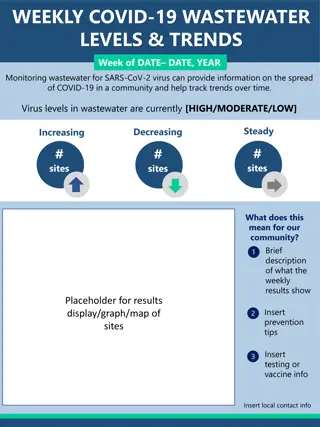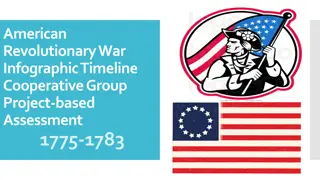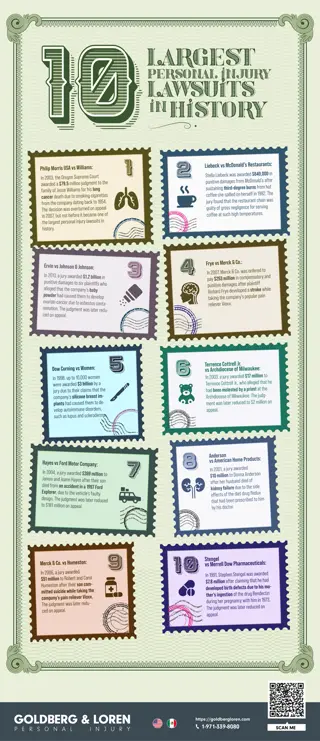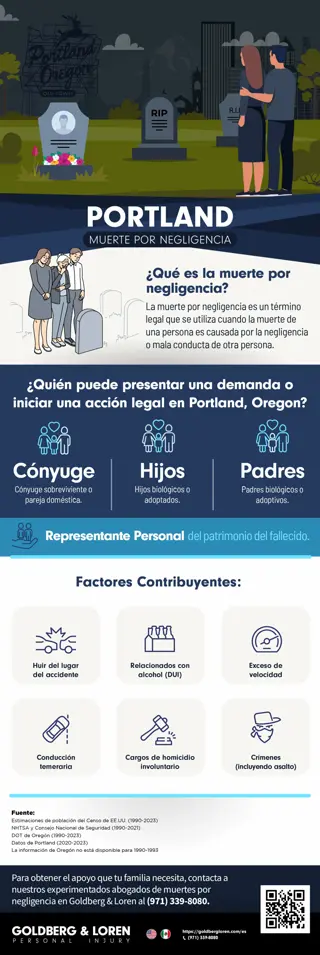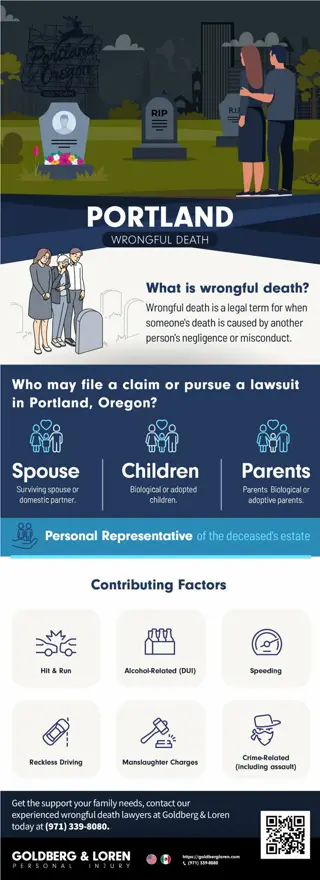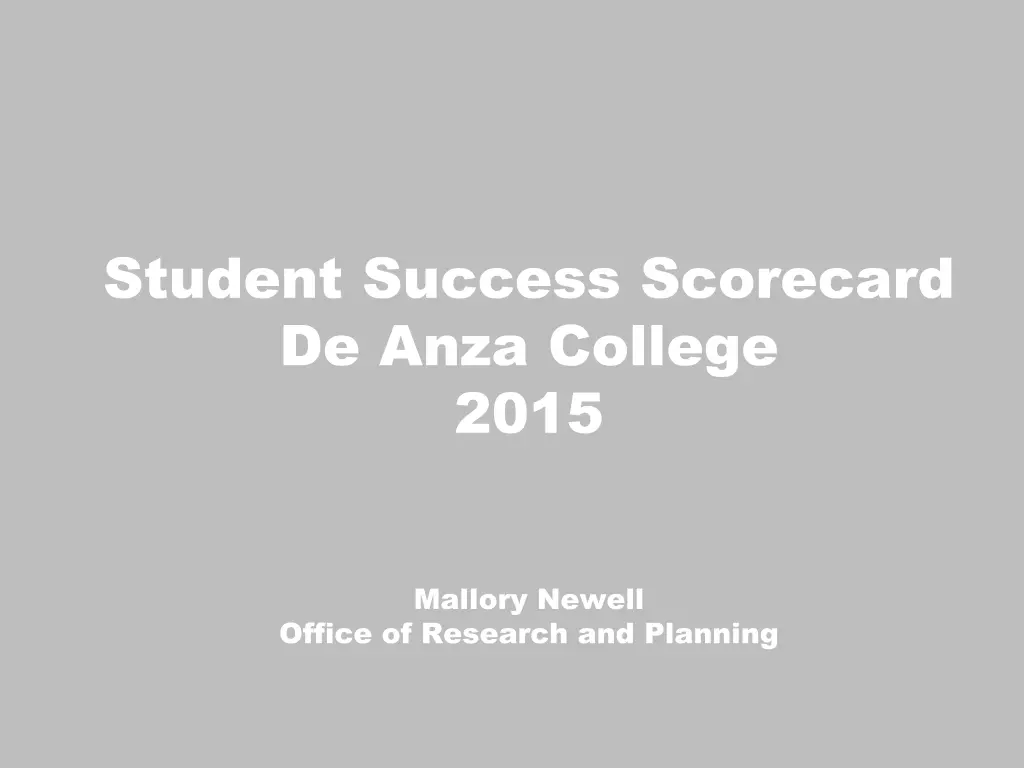
Anza College Student Success Data 2015
Explore the student success scorecard and completion rates at De Anza College in 2015, including metrics on completion, preparedness, and ethnicity. Gain insights into persistence, remedial completion, CTE outcomes, and more.
Download Presentation

Please find below an Image/Link to download the presentation.
The content on the website is provided AS IS for your information and personal use only. It may not be sold, licensed, or shared on other websites without obtaining consent from the author. If you encounter any issues during the download, it is possible that the publisher has removed the file from their server.
You are allowed to download the files provided on this website for personal or commercial use, subject to the condition that they are used lawfully. All files are the property of their respective owners.
The content on the website is provided AS IS for your information and personal use only. It may not be sold, licensed, or shared on other websites without obtaining consent from the author.
E N D
Presentation Transcript
Student Success Scorecard De Anza College 2015 Mallory Newell Office of Research and Planning
Intermediary Metrics Four quarter persistence Remedial Completion English Math ESL Complete 30 units on way to degree or transfer Outcome Metrics Completion Overall Prepared Unprepared CTE Completion
State State Avg. Avg. Peer Peer High High 5 5- -Year Year Trend Trend Current Current Rate Rate Completion Completion 67.3% 67.3% (3,457) + 20.5% + 20.5% + 3.3% + 3.3% Completion Completion Prepared Prepared 84.3% 84.3% (1,006) + 14.6% + 14.6% + 5.6% + 5.6% Completion Completion Unprepared Unprepared 60.3% 60.3% (2,451) + 21.1% + 21.1% + 9.4% + 9.4% Percentage of degree, certificate and/or transfer-seeking students starting first time, tracked for six years who completed a degree, certificate or transfer-related outcomes. Peer groups are based on 24 other college with similar institutional and student characteristics: http://extranet.cccco.edu/Portals/1/TRIS/Research/Accountability/ARCC2_0/Peer_groups_final.pdf . 5-year trends include 2004-05 to 2008-09.
State State Avg. Avg. 5 5- -Year Year Trend Trend Current Current Rate Rate English English 73.1% 73.1% (2,045) + 29.7% + 29.7% Math Math 53.8% 53.8% (2,358) + 22.8% + 22.8% ESL ESL 46.5% 46.5% (908) + 18.1% + 18.1% CTE CTE 54.7% 54.7% (3,175) + 4.8% + 4.8% Remedial: % of degree credits students tracked for six years who first enrolled in a basic skills course and completed a college level course. CTE: % of students completing more than 8 CTE units, tracked for 6 years who complete a degree, certificate or transfer-related outcome. 5- year trends include 2004-05 to 2008-09.
Completion Rate Completion Rate Overall Overall By Ethnicity By Ethnicity Asian Asian White White (771) African American African American (139) (1,408) 65 in 100 65 in 100 complete complete 80 in 100 80 in 100 complete complete 60 in 100 60 in 100 complete complete Latino/a Latino/a (569) Filipino Filipino (224) Pacific Islander Pacific Islander (41) 45 in 100 45 in 100 complete complete 55 in 100 55 in 100 complete complete 54 in 100 54 in 100 complete complete
Completion Completion Rate Rate - - Latino/a Latino/a Students Students Prepared Prepared Latinos Latinos 69% 69% All Latinos All Latinos (35/51) Lowest Lowest performing performing Latino groups Latino groups 46% 46% Male, Male, 24 yrs. old 4/14 complete 4/14 complete 20 20- -24 yrs. old 27% 27% Unprepared Unprepared Latinos Latinos (263/569) Female, Female, 25- -39 yrs. old 39 yrs. old 3/13 complete 3/13 complete 23% 23% 25 44% 44% Female, Female, 20- -24 yrs. old 24 yrs. old 4/18 complete 4/18 complete 20 22% 22% (228/518)
What If Scenario: How much would we What If Scenario: How much would we increase our increase our Unprepared Unprepared C Completion R Rate ate by moving the lowest achieving by moving the lowest achieving students (45) to the rate of other students (45) to the rate of other Unprepared Unprepared Latino/a students? Latino/a students? ompletion Prepared Prepared 69% 69% All All Latinos Latinos (35/51) By moving these 9 students By moving these 9 students from our Completion Completion Rate for Latino students from u unsuccessful to successful, nsuccessful to successful, Rate for Latino students by 2 46% 46% we we increase increase our Unprepared Unprepared 46% 46% by 2%. %. Unprepared Completion Rate = 44% Unprepared Completion Rate = 44% 44% 44% (263/569) Male, Male, 24 yrs. old 4/14 complete 4/14 complete 28% 28% 20 20- -24 yrs. old (228/518) Female, Female, 25- -39 yrs. old 39 yrs. old 3/13 complete 3/13 complete 23% 23% 25 By moving 9 students from unsuccessful By moving 9 students from unsuccessful to to successful, successful, we would increase our we would increase our Unprepared Latino Completion Unprepared Latino Completion R Rate 2%. 2%. ate by by Female, Female, 20- -24 yrs. old 24 yrs. old 4/18 complete 4/18 complete 22% 22% 20
Completion Completion Rate Rate - - African American Students African American Students Prepared Prepared All African All African Americans Americans Students Students 82% 82% (14/17) Lowest performing Lowest performing African American Groups African American Groups 59% 59% Male, Male, Less than 20 Less than 20 25/46 complete 25/46 complete 54% 54% Unprepared Unprepared (82/139) Female, Female, 20- -39 yrs. old 39 yrs. old 6/14 complete 6/14 complete 43% 43% 20 56% 56% Male, Male, 39 yrs. old 6/15 complete 6/15 complete 40% 40% 20 20- -39 yrs. old (68/122)
What If Scenario: How much would What If Scenario: How much would we increase our we increase our Unprepared Unprepared C Completion ompletion R Rate ate by moving the by moving the lowest achieving students (75) to lowest achieving students (75) to the rate of other the rate of other Unprepared Unprepared African American students? African American students? Prepared Prepared 82% 82% All All African African Americans Americans (14/17) By moving these By moving these 6 it it increases increases our 4.3%. 4.3%. 6 students students from unsuccessful to successful, from unsuccessful to successful, Rate for African Americans by for African Americans by 59% 59% 59% 59% Unprepared Unprepared our Completion Completion Rate Unprepared Completion Rate = 56% Unprepared Completion Rate = 56% 56% 56% (82/139) Male, Male, Less than 20 Less than 20 25/46 complete 25/46 complete 54% 54% (68/122) Female, Female, 20- -39 yrs. old 39 yrs. old 6/14 complete 6/14 complete 20 43% 43% By moving By moving 6 to successful we would increase our to successful we would increase our Unprepared Unprepared C Completion ompletion R Rate 6 students from unsuccessful students from unsuccessful ate by by 4.7%. 4.7%. Male, Male, 39 yrs. old 6/15 complete 6/15 complete 20 20- -39 yrs. old 40% 40%
Implications and Considerations - Small changes can move the needle by a lot! - Are Unprepared students correctly placed? - What would their success rates be if they were placed at college level? - What projects or initiatives should we focus on to close the achievement gap? - How committed are we to closing the achievement gap? - We will need to challenge our culture and current systems, including: - Culture of student failure vs. our own failure - Placement processes - Basic skills sequences - Pre-requisites - Support services













